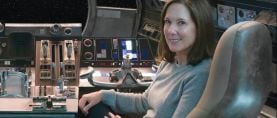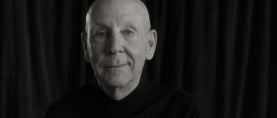
Aces of the Camera: Joseph B. Walker, ASC
From electrical engineer to award-winning and legendary cinematographer.
“Aces of the Camera” was a profile series that ran in AC for several years starting in the early 1940s. This article originally appeared in AC April 1941.
A big part of the fascination of Hollywood is the way, in the midst of its traditionally hard-boiled routine, real-life incidents occur in which the story-book happy ending is seen to come true. When these things happen, most of us generally put it down as a “lucky break” for the individual concerned, and forget that there’s usually someone doing hard — and unpublicized — work behind the scenes to turn anticipated failure into amazing success.
All of which is by way of introducing an unassuming man who played a big part in one of those real-life Alger stories not so long ago. It seems that an internationally famous operatic star signed to make a picture for a relatively small studio, which was then struggling on the wrong side of the mythical line of demarcation between minor-league and major-studio status. The industry was politely skeptical, for this star had made several pictures for another, much larger studio, and emerged with the general verdict that even though she could sing well enough for the Metropolitan Opera, she was unfortunately not a “picture personality.” It was too bad the little studio was going to be saddled with a costly flop, but of course it couldn’t be anything else.
But it was. The picture was a smash hit. Grace Moore, the opera singer, emerged radiantly as the top picture personality of the year. It brought back musical films with such a bang that for years no studio with any pretense of standing could afford not to have one or two operatic songbirds on its contract roster. And it boosted the Columbia Studio well across the line into definite major-studio classification. That picture that “couldn’t be a success” was One Night of Love — which probably played to more business than any other release of its season.
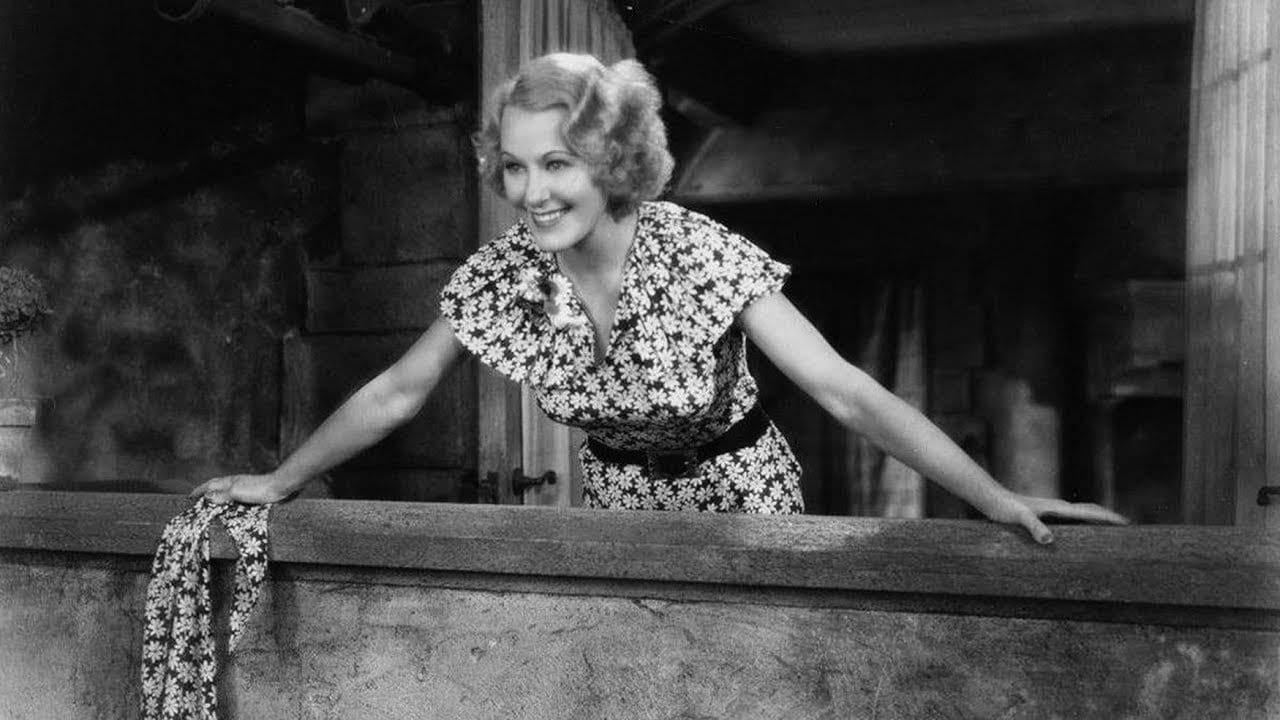
But it wasn’t just a lucky break that turned failure into success, and transformed a non picture personality into a top-flight star. There was a quiet, unassuming man by the name of Joseph B. Walker, ASC, presiding over the cameras on One Night of Love. And it was due in a great measure to his professional hobby that the visual miracle of the picture transpired.
For Joe Walker’s hobby is collecting lenses. He gathers them from every possible source — fresh and new from the world’s greatest lens-makers, old and battered from Los Angeles’ pawnshops. And he knows lenses so well that each individual objective’s characteristics and performance are at his fingertips. With him, it isn’t a case of merely saying “A Cooke will do this, an Astro, that, and this other type, something else.” He knows, from exhaustive study and tests, that this particular Cooke will perform this way, while that individual Cooke — apparently of the same design and manufacture — will act differently under such-and-such conditions. He has the industry’s largest individually-owned collection of lenses and diffusing media.
So it was that when the apparently non-photogenic Miss Moore came to Columbia, Joe Walker analyzed her features, thought a minute, and reached into his lens-case for a combination of lens and diffusion which were just a little bit different from anything previously used in photographing the lady. Add to this the skill Walker and director Victor Schertzinger have in making a player feel at ease, and, well, Horatio Alger might have penned the sequel.
If you ask him about it, Walker puts it very logically. “Years ago,” he’ll say, “I decided that the real foundation of photography was the lens that made the picture. And as photography was my bread-and-butter, I decided I’d better know something about lenses. And I’ve been learning about them ever since.”
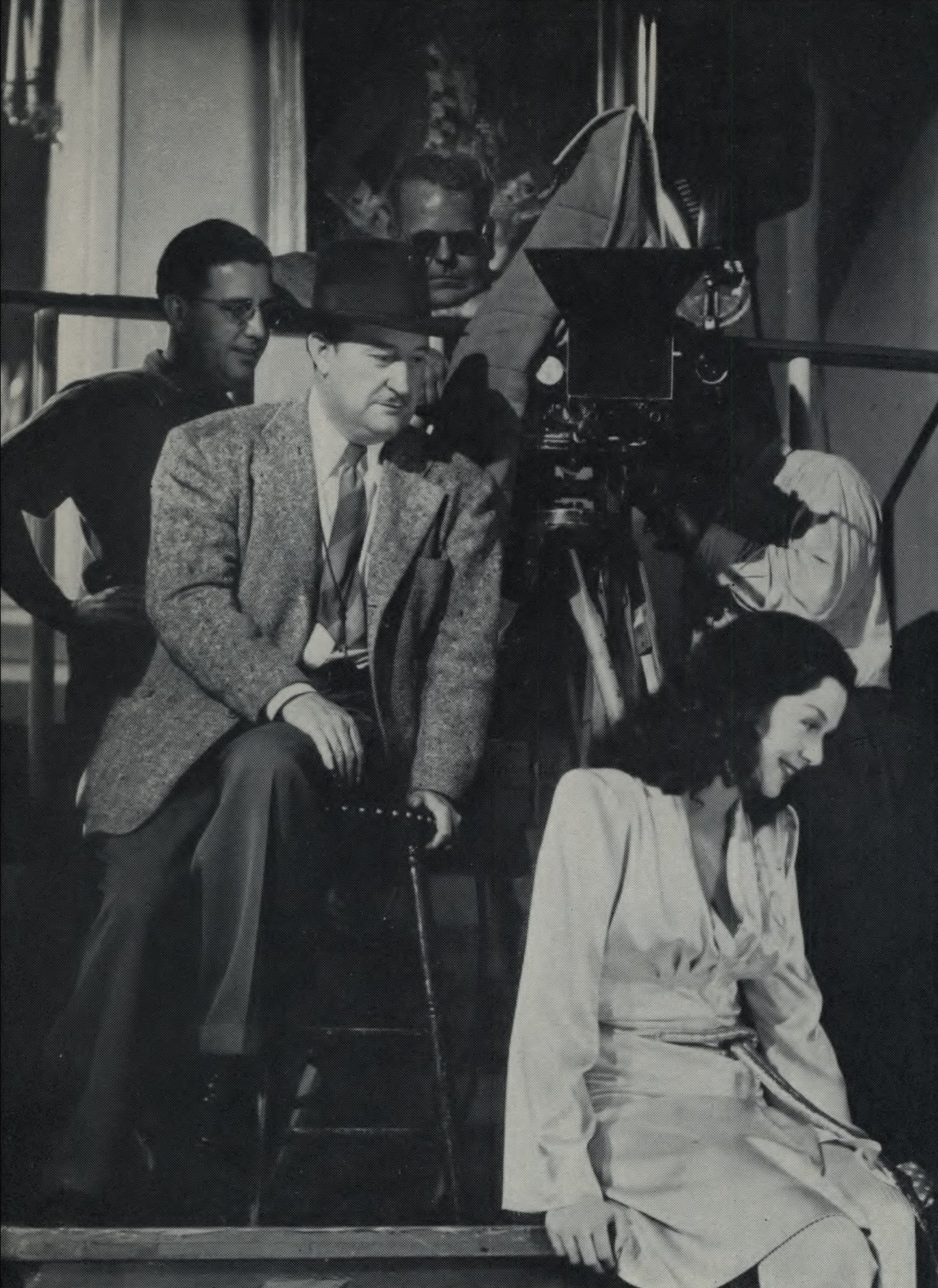
In the process, he has made a number of important contributions to the optical side of cinematography. For example, the industry’s best zoom lens design was developed and patented by Walker. Lenses of this design are used for zoom shots on production and on special-effects work in a number of the major studios today. He also designed a 16mm semi-zoom lens. Another very practical invention is a method of variable diffusion, by means of which it is possible to alter the degree of diffusion during a scene. This is especially valuable in those dolly-shots which begin as a long-shot, for which relatively little diffusion is required, and move in to a close-up which may require much heavier diffusion.
Diffusion, to Walker, is another detail which should be studied with scientific care. “All of us know,” he says, “that each scene, and each type of picture and player will have its own individual requirements as to diffusion. But there are other points that are all too often overlooked. Diffusion isn’t an independent entity: it must be balanced with a lot of other things. The same diffusion disc or filter won’t necessarily give you identical results when used over different lenses. For example, a diffuser that will give you a certain effect with a lens that is characteristically brilliant will give an entirely different effect if you use it — even on the same shot — with another lens which inclines toward softness, or toward depressed gradation.
“In the same way, diffusion must be coordinated with the film you use, and the processing that film gets. When we changed from the early high-contrast panchromatic to the improved Type II, and then on through Super-Sensitive and Super-X to today’s Plus-X, we’ve had to make compensating changes in our diffusion technique. Maybe we didn’t fully realize to what extent we did this, for each time most of us have juggled around with our lighting, etc., too: but if you’ll look back to the diffusion you were using just a few years ago, and compare it with what you consider normal today, you’ll agree.
“Diffusion must even take into consideration the particular characteristics of the film-processing laboratory, too. I have sometimes made pictures on other lots, where the film went through a different laboratory. In every case, I found it necessary to experiment a bit beforehand, so I could coordinate diffusion with the processing of my negative.
“And diffusion discs, like lenses, have their individual characteristics. That is why, if you look into my accessory case, you will see such a variety of diffusers — often several discs apparently of the same type. But I know that each has its individual effects; one, for instance, may give me, in combination with a certain lens, just the quality I want for photographing, say, Irene Dunne, while another gives me the slightly different results I’ll want when photographing Rosalind Russell, or some other player.
“Years ago, I decided that the real foundation of photography was the lens that made the picture.”
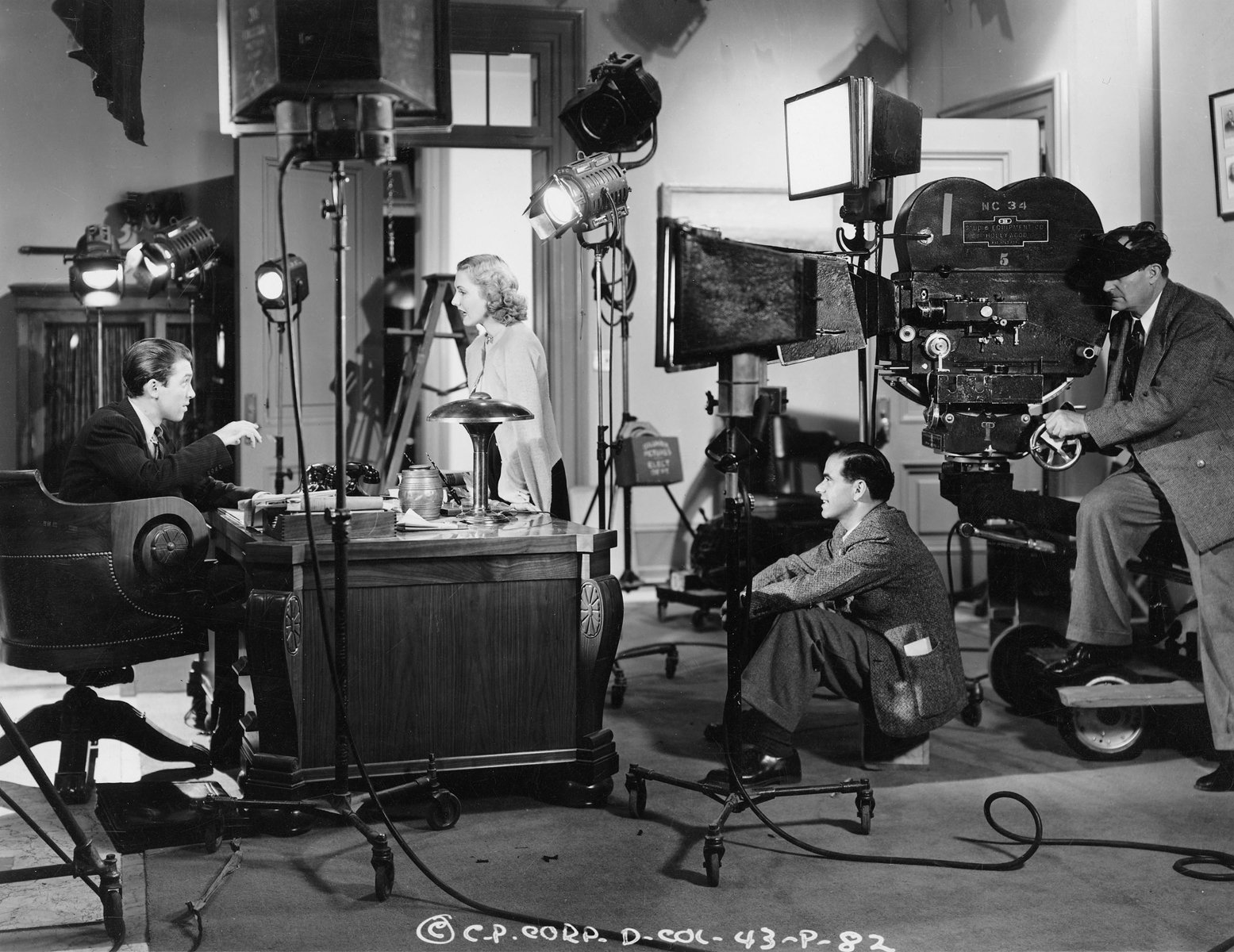
“You probably won’t need such an assortment as this all the time — but I’ve found that when you do want a particular type of diffusion or lens-quality, it’s a big asset if you have it handy. Incidentally, since I’ve been experimenting with the new coated lenses, I’ve found an interesting little trick for keeping lenses clean and dust-free. You know, some of these lens-coatings aren’t particularly rugged, and with a coating only a few millionths of an inch thick, you want to keep the friction of lens-cleaning to a minimum! So I now keep all my lenses, when not in use, wrapped up tightly in the little cellophane bags the still-men use to slip over their flashbulbs. Just slip the lens in and twist the mouth of the bag tightly, and you have an excellent, dustproof lens carrier.”
Walker is one of the few directors of photography who never served an apprenticeship as assistant and second cameraman to any other cinematographer. In his early days, he was an electrical engineer, and firmly convinced he was destined to set the electrical world afire. His specialties were what was then called “wireless” and high-tension electricity. In the latter capacity he was one day called into consultation by an early-day studio, to advise them how to make a scene in which an actor was to sit in an electrified chair and emit sparks. One look told Walker that the studio electrician’s set-up would not give the sparks wanted — but would undoubtedly electrocute the unfortunate actor just the same. He quickly rigged up a more practical arrangement which delivered the desired sparks with perfect safety. But watching the cameraman at work that day, the first, faint doubt arose in Walker’s mind. The photographic germ had bitten him, and it was not long thereafter that he gave up his electrical job, and went to work in a motion picture film laboratory. Here he worked up through every stage from sweeping the floor to mixing solutions, developing negative, tinting, toning and printing. At length, a rush call came for a cameraman to photograph a picture, but no man was available. Walker, despite his lack of experience in camerawork, talked himself into the job — and made good. He’s been making good ever since.
“That may sound like coming up the easy way,” he remarks. “But it wasn’t. I had to find out everything for myself — and do it the hard way. I always managed to do it, but sometimes I was certainly praying for luck! And I’ve had many occasions to envy most of my fellow cinematographers who, when faced with a problem, could think back to their early training as an assistant to this or that outstanding cameraman, and recall how their teachers had solved similar problems. I still feel the lack of that varied early training, for while I don’t think any of us is consciously imitative, I know that even today I sometimes wonder how another chap would handle this problem. I know, of course, how I’ve done similar things in the past, or how I intend to do now. But I’ll admit there are times when I’d like the psychological advantage of that little mental check on my own methods.”
Walker doesn’t mention the other side of the picture, however—that this spirit of independence and self-reliance has given his work an individuality which has made him one of the industry’s really outstanding directors of photography.
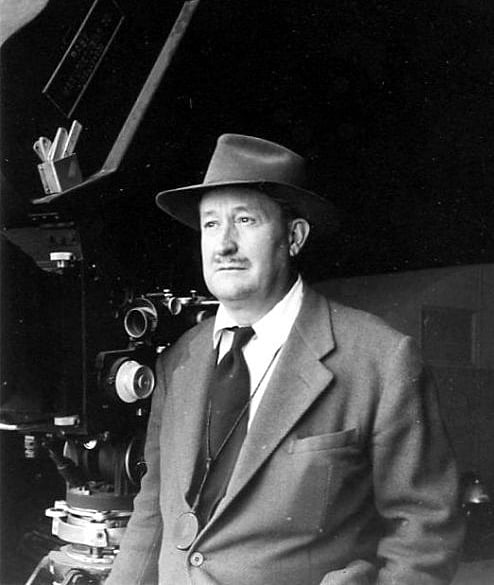
By the time this profile was published, Walker had shot such Hollywood classics as It Happened One Night, Mr. Deeds Goes to Town, You Can't Take It With You, Mr. Smith Goes to Washington and His Girl Friday. Following this, he added one of the most beloved films of all-time, in 1946: It's A Wonderful Life. The next year, he worked with Orson Welles on The Lady from Shanghai, and eventually finished up his illustrious career with 1952's Affair in Trinidad, which was featured in the cover of AC's June issue that year. The film noir drama, starring Rita Hayworth, proved to be his final studio feature assignment.
Walker passed away on August 1, 1985. He was 92 years old and by that time had accumulated not only three Best Cinematography nominations from the Academy of Motion Picture Arts and Sciences, but he was also the first recipient of the Gordon E. Sawyer Award, an Honorary Award given by the Academy to "an individual in the motion picture industry whose technological contributions have brought credit to the industry."
If you enjoy archival and retrospective articles on classic and influential films, you'll find more AC historical coverage here.

